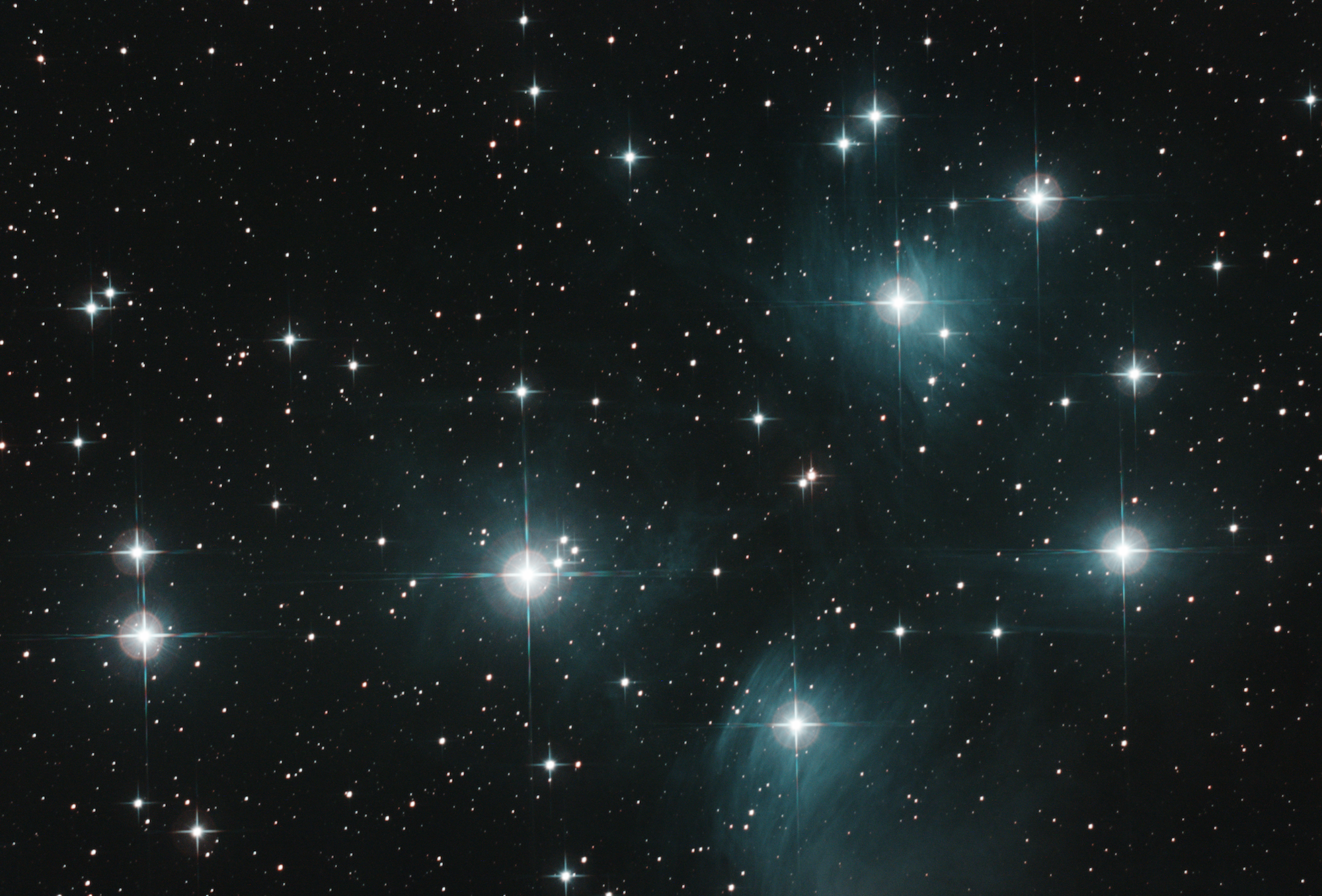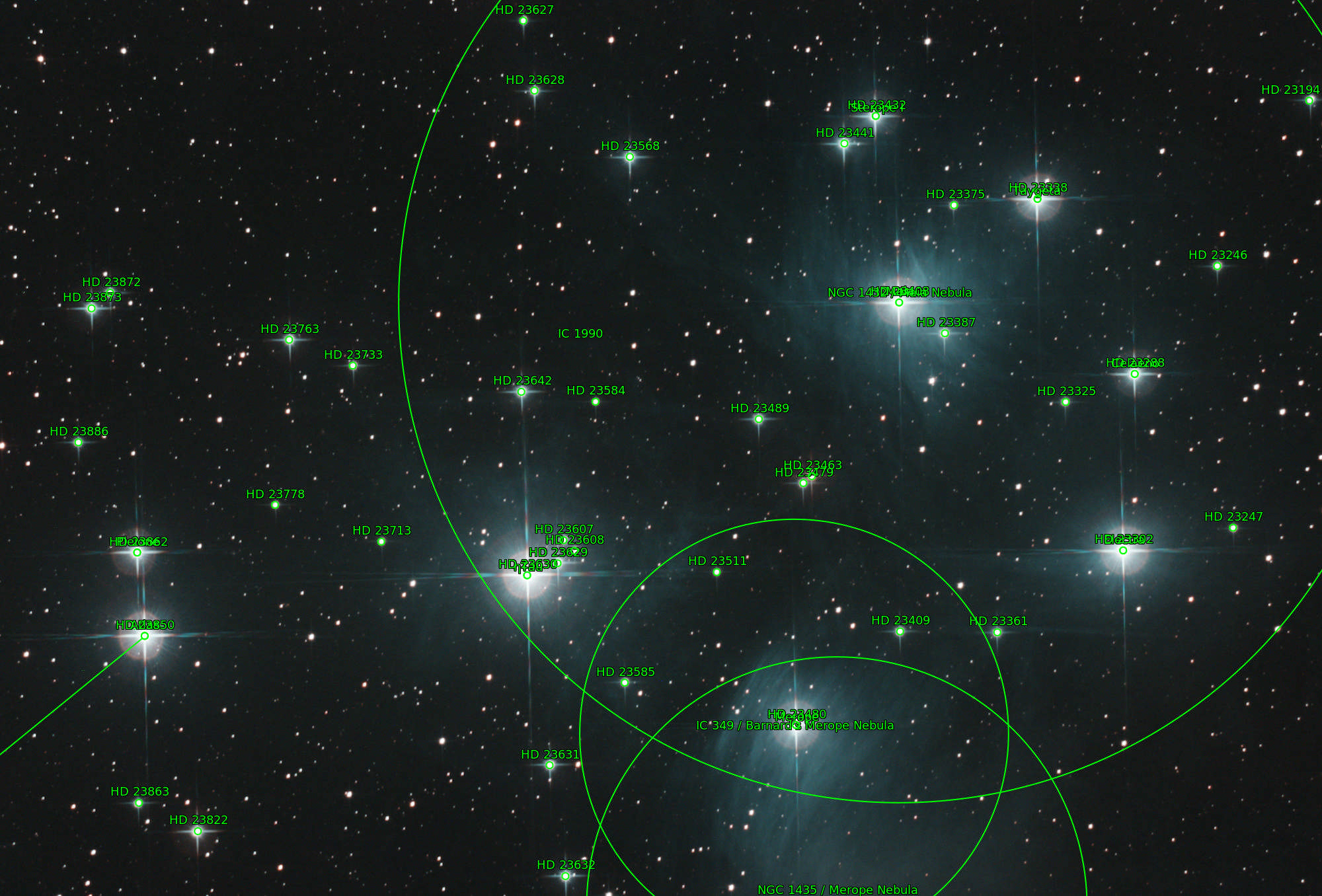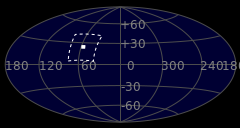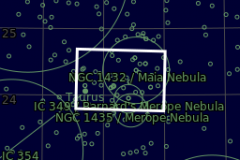
The Pleiades (/ˈpliːədiːz/, /ˈplaɪədiːz/) also known as the Seven Sisters and Messier 45, is an open star cluster containing middle-aged, hot B-type stars in the north-west of the constellation Taurus. It is among the star clusters nearest to Earth, it is the nearest Messier object to Earth, and is the cluster most obvious to the naked eye in the night sky.
The cluster is dominated by hot blue and luminous stars that have formed within the last 100 million years. Reflection nebulae around the brightest stars were once thought to be left over material from their formation, but are now considered likely to be an unrelated dust cloud in the interstellar medium through which the stars are currently passing.
Computer simulations have shown that the Pleiades were probably formed from a compact configuration that resembled the Orion Nebula. Astronomers estimate that the cluster will survive for about another 250 million years, after which it will disperse due to gravitational interactions with its galactic neighborhood.
Together with the open star cluster of the Hyades, the Pleiades form the Golden Gate of the Ecliptic. (Source: Wikipedia)
Technical Details
Dates: 13/2/2021
Location: Uckerath, Germany
Imaging Telescope: 8″ GSO f/4 (Carbon Tube)
Imaging Camera: ASI294 MC
Filter: Baader Planetarium UHC-S
Mount: Skywatcher EQ-6
Guiding Telescope: TSO OAG
Guiding Camera: QHY 5L-II
Integration: 25 x 3 min. (Gain: 120)
Software: NINA, PhD2, PixInsight
Plate Solution

(Source: astrometry.net)


